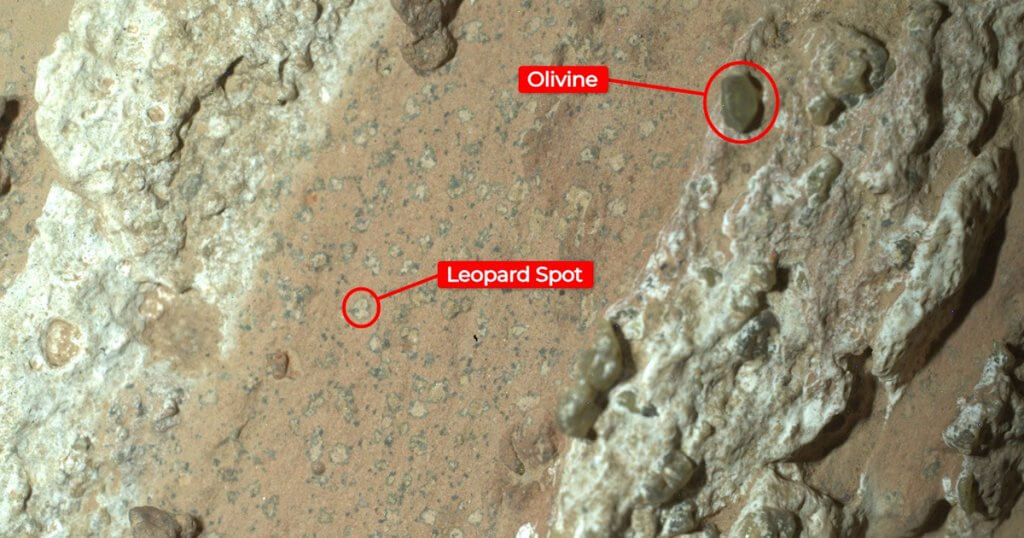
NASA Says Its Rover Has Discovered a “Potential Biosignature” on Mars (Image Credit: futurism-com)
“Most likely to contain fossilized microbial Martians.”
Rock Opera
NASA’s Perseverance Rover has found a rock on Mars that scientists believe may contain signs of ancient life on the Red Planet.
As the New York Times reports, NASA researchers aren’t quite ready to declare that they’ve found definitive biosignatures — the scientific term for “signs of life” — in the piece of ancient rock the rover picked up this month.
Instead, the three-by-two foot rock fragment that’s been nicknamed “Chevaya Falls” could better be characterized as “Most Likely to Contain Fossilized Microbial Martians,” as the newspaper puts it.
Kenneth Farley, a CalTech geochemistry professor and Perseverance’s mission project scientist, said that the Cheyava Falls find is, to his mind, the “most compelling” collected thus far.
While the timeline to return samples like Cheyava Falls to Earth is still up in the air, the rock may, if brought back to labs here on our planet, have “the potential to really get at the question” of whether life ever existed on the now-barren Red Planet, Farley told the NYT.
Organic Panic
After Perseverance picked up a veiny rock chunk on the edge of Mars’ gigantic Jezero crater on July 21, its sensors detected organic compounds that could contain the building blocks for life. The rover also discovered calcium sulfate, which could have been deposited by flowing water — another necessity for life as we know it.
As Farley explained, the deposits and the chemical reactions they catalyzed with Cheyava Falls’ other minerals seem to have created a sort of leopard-printed look featuring white splotches with black rings of iron phosphate around them.
While NASA scientists don’t know exactly how or why those spots occurred, they represent, as the agency explains in a press release, another fascinating part of the puzzle. To David Flanney, a Perseverance science team member who hails from Australia’s Queensland University, the spots “are a big surprise.”
“On Earth,” Flannery said in the press release, “these types of features in rocks are often associated with the fossilized record of microbes living in the subsurface.”
The @NASAPersevere rover is posing next to her latest sampling location at a rock called Cheyava Falls. She took this selfie just two days ago on Sol 1218. https://t.co/wv2UewA3dX
Credit: Credit: NASA/JPL-Caltech/MSSS/Simeon Schmauß pic.twitter.com/oX2tPW5FrO
— Simeon Schmauß (@stim3on) July 25, 2024
All told, this finding is huge — though as the Washington Post notes in its reporting on Cheyava Falls, intriguing but otherwise non-biological Mars rock samples have misled NASA scientists before.
“We cannot say right now that we have discovered life on Mars,” concluded Katie Stack Morgan, Perseverance’s deputy project scientist, in an interview with WaPo. “But what we are saying is that we have a potential biosignature, which is a set of features that could have a biological origin but do need further study and more data.”
More on Mars: Scientists Identify Plant That Could Grow on Mars





